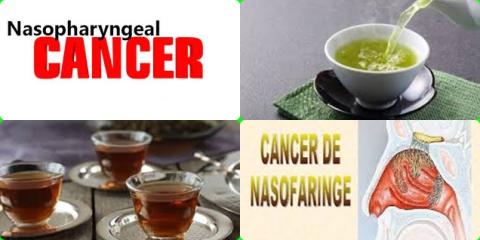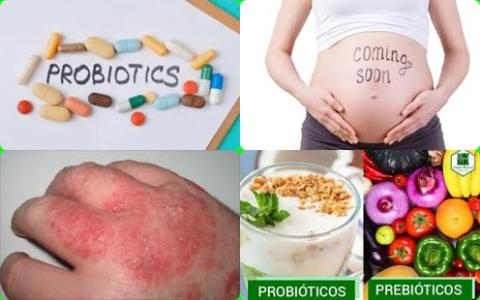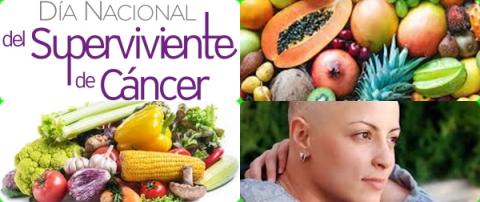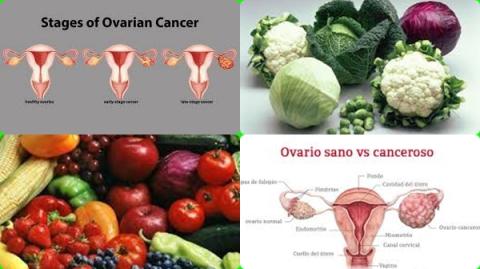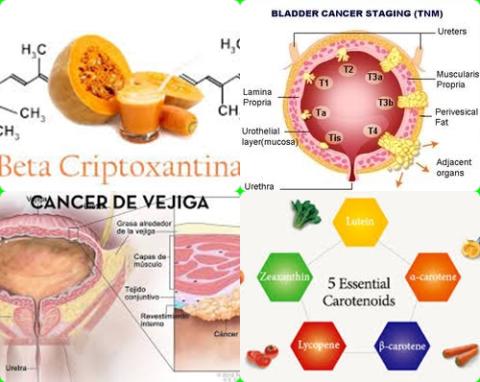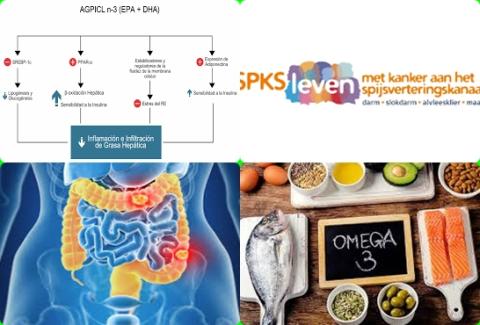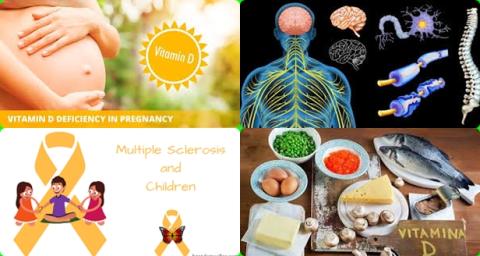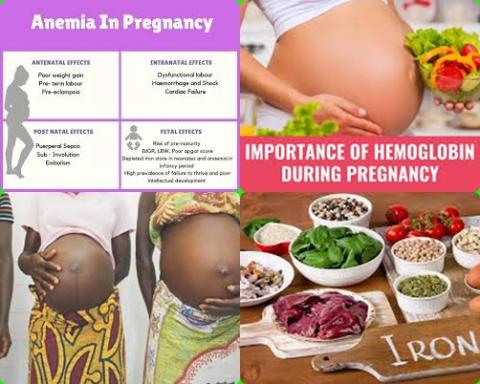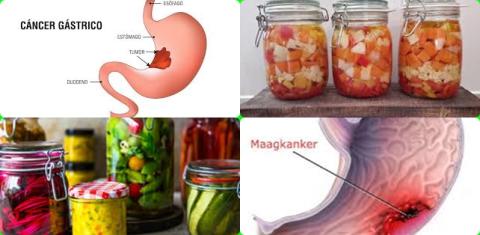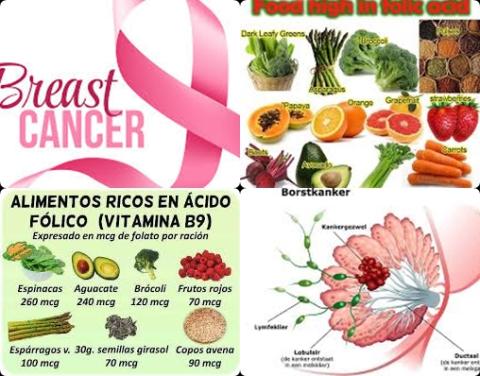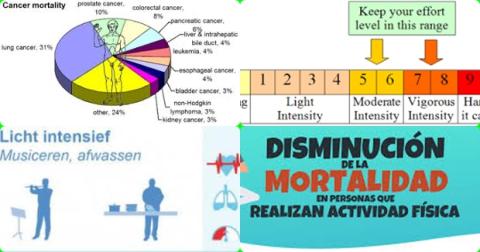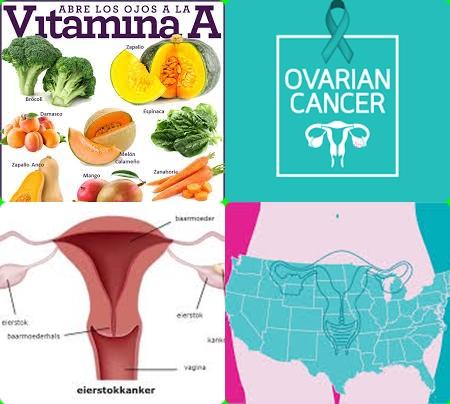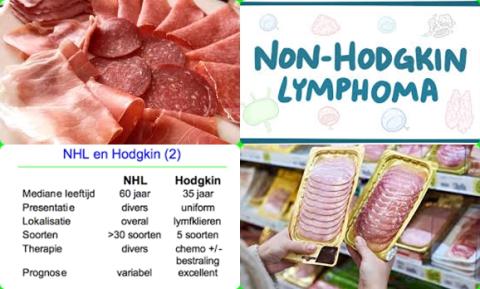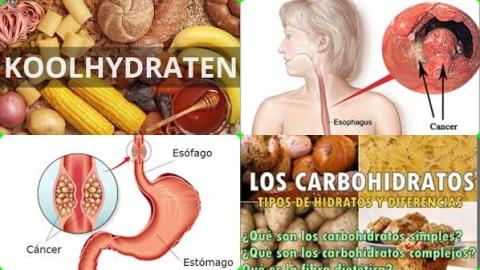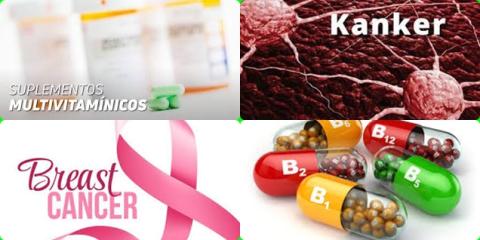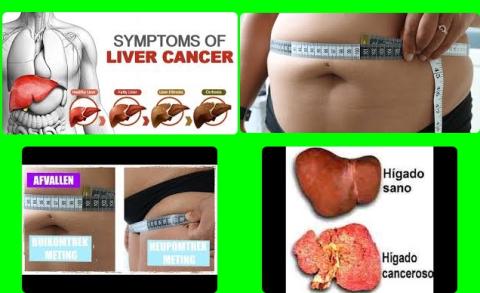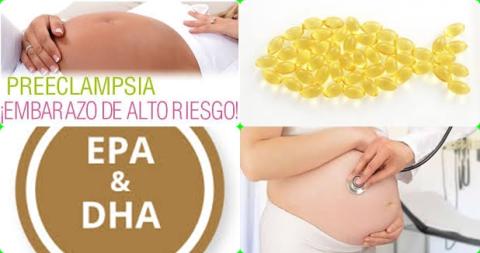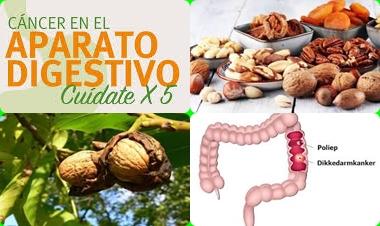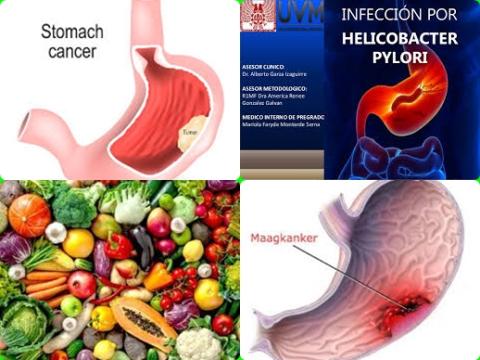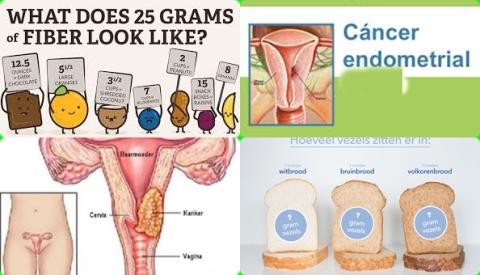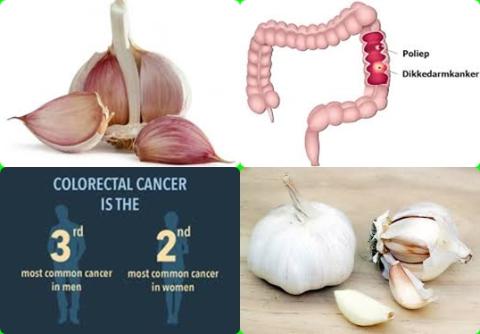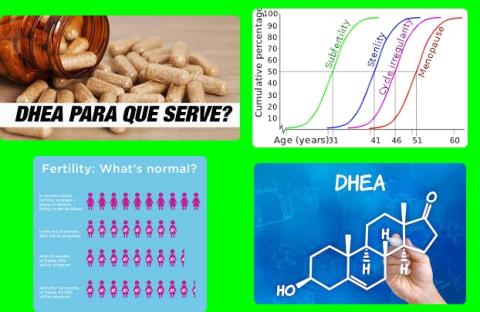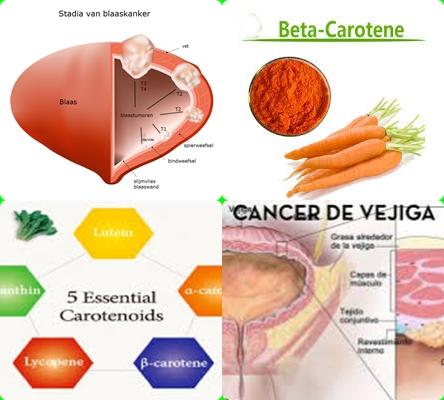Higher vitamin C dietary intake reduces breast cancer
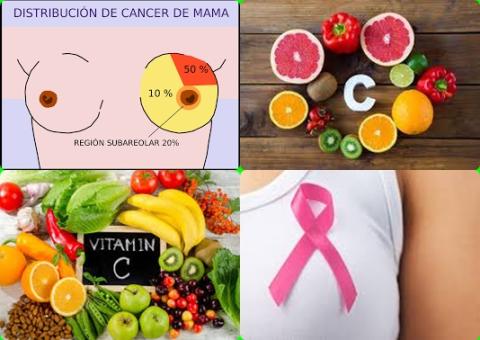
Objectives:
The association between vitamin C intake and breast cancer is unclear. Therefore, this review article (meta-analysis) has been conducted.
Does a higher vitamin C intake reduce risk of breast cancer incidence, mortality and recurrence?
Study design:
This review article included 24 cohort studies and 30 case-control studies.
Results and conclusions:
The investigators found pooled results suggested that the highest versus lowest vitamin C intake was significantly associated with a 14% lower risk of breast cancer incidence [relative risk = 0.86, 95% = 0.81 to 0.92, I2 = 78.7%, p 0.00].
Sensitivity analysis indicated that the overall results remained consistent even after excluding studies individually.
The investigators found the use of random-effects model indicated that a 100-mg/day increment in vitamin C intake had no significant effect on breast cancer risk.
The investigators found stratification by study design showed a 26% lower risk of breast cancer incidence for vitamin C intake in case-control studies [RR = 0.74, 95% CI = 0.65 to 0.84, p 0.001]. However, a non-significant inverse association was found in cohort studies [RR = 0.96, 95% CI = 0.89 to 1.04, p = 0.295].
The investigators found when the studies were stratified by the source of vitamin C, a 11% lower risk of breast cancer incidence with dietary intake [RR = 0.89, 95% CI = 0.82 to 0.96, p = 0.004] but not with supplements [RR = 1.02, 95% CI = 0.94 to 1.10, p = 0.678].
The investigators found that the highest versus lowest vitamin C intake was significantly associated with a 22% lower risk of breast cancer mortality [HR = 0.78, 95% CI = 0.69 to 0.88, I2 = 2.6%].
The investigators found that the highest versus lowest vitamin C intake was significantly associated with a 19% lower risk of breast cancer recurrence [HR = 0.81, 95% CI = 0.67 to 0.99, p = 0.043, I2 = 0.0%].
The investigators concluded that higher vitamin C dietary intake is significantly associated with a reduced risk of breast cancer incidence, mortality and recurrence.
Original title:
Association of vitamin C intake with breast cancer risk and mortality: a meta-analysis of observational studies by Zhang D, Xu P, [...], Dai Z.
Link:
https://www.aging-us.com/article/103769/text
Additional information of El Mondo:
Find more information/studies on significant/cohot studies, vitamin C consumption and cancer right here.
